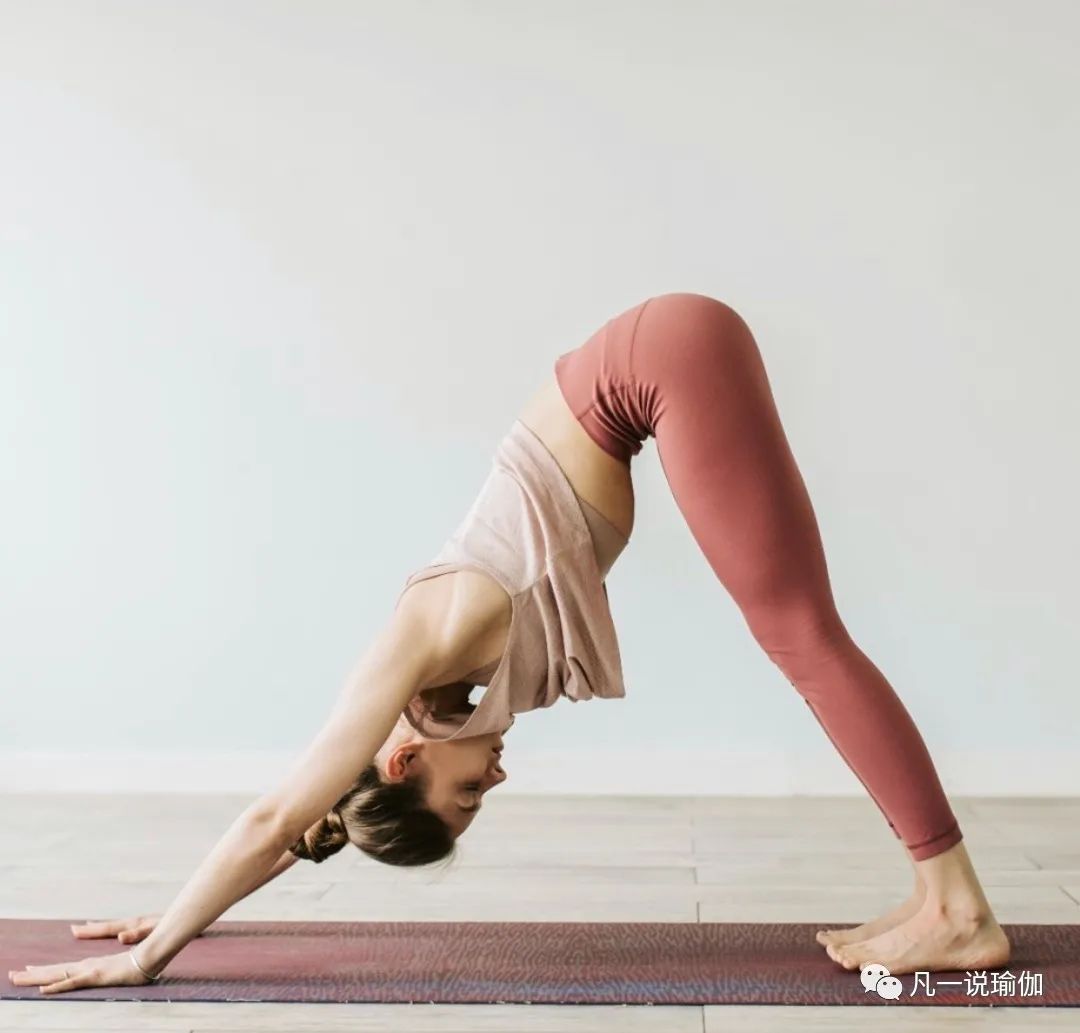A few days ago, a friend left a message asking me to talk about how to arrange asana.

This topic is relatively large and includes a variety of contents, which is closely related to my personal understanding of asana and body, as well as my personal experience.

Therefore, different teachers on the same topic will give different arrangement sequences.

I can only give a general idea.

Let’s throw a brick and attract jade.

You are welcome to share your experience and experience.

1.

Determining and decomposing the theme determining the theme is equivalent to the major selection filled in after the college entrance examination.
It may not be said that the major will affect you for a lifetime.
At least during the University, the courses you learned are centered on this major.
The practice topic exists in this way, and all the later postures are arranged to serve the realization of this topic.
Just like the variety of specialties, there are no restrictions on the theme itself.
You can unlock an individual pose, target a certain part of the body, press the efficacy of the pose, and improve a certain ability…
As long as you can think of or say what you need.
After the theme is determined, you’d better learn to split the theme.
The finer and more accurate the split, the simpler the pose selection below.
For example, today’s theme is to strengthen forward flexion.
So what conditions do you need for forward bending? You can split it down again.
It requires hip flexor strength, flexibility at the back of the body, and full extension of the spine.
It is equivalent to splitting a theme into three small themes.
Of course, you can also split the three small themes into smaller themes.
In short, the finer the theme, the more conducive it is to the selection of the following poses.
After splitting the small topics, arrange them in a simple order.
Just as you say that the major is music, the range is very wide.
If you say singing, the range is small.
If you divide it further, the range of folk songs is smaller.
Folk songs may be divided into folk songs in which regions, so that the final style can be almost ready to come out.
2.
After choosing the style and setting the theme, you should choose the style to serve the theme.
As mentioned earlier, the finer the theme, the smaller the range of postures, the easier it is to choose.
But yoga is more comprehensive.
For example, the triangle twist mentioned a few days ago can strengthen the foundation, practice hips, legs, spine extension, waist and abdomen, back and so on.
You need to know enough about postures to select the most suitable postures to serve the theme.
You can make a list of the subjects you think about.
If there are small topics, list them one by one, and then compare and select them.
3.
Permutation here you can also see the benefits of subdividing small topics on class scheduling.
According to the order of small topics, simply arrange the postures required by each small topic just now.
Finally, according to the students or their own situation, add transition, rest and reverse posture in the appropriate position, and basically a complete sequence will come out.
The above is the general steps and ideas from topic determination to the final completion of the sequence.
Here are some more details.
1.
The intensity of the whole sequence is like a parabola, from gentle to slow uphill, to a peak, and then slowly downhill to rest.
For example, you should consider the difficulty of asana.
2.
Asanas need not be too many.
Each asana can be repeated 2 ~ 3 times.
3.
The connection between asanas should be as natural and smooth as possible.
But there are no hard requirements.
Although we suggest that when arranging classes, don’t stand and sit for a while, repeating back and forth.
But this is the surface.
If you can do it, of course, it is perfect.
You can’t do it.
Serving the theme is greater than these surface things.
For example, the sun worship is from high to low and then to high, but it does not affect the status of this sequence.
4.
Appropriate changes can be made.
After the postures are arranged, if there are emergencies during the practice, they can be changed appropriately.
5.
Whether the sequence can produce results, the focus in the practice process accounts for a large part.
Even if your asana is not perfect, you will always focus on your theme during the practice.
The effect will be very good if you stick to the purpose of practicing this asana.
For example, you chose to sit and bend forward.
If you mainly extend your back, you can slightly bend your knees and feet to relax, relieve the pressure on the back of your legs, and focus on your back; But if you’re stretching the back of your legs more, you’ll choose to hook the soles of your feet back and straighten your knees.
Press down the front thigh sideways and pay more attention to the back of the leg.
Therefore, this is very important for yoga teachers.
The password is accurate and effective, and the classroom effect cannot be poor.
Here’s the lesson arrangement skills.
You can refer to the master’s follow-up courses and reverse their lesson arrangement skills.
Pay attention to everything and share health and beauty!..

